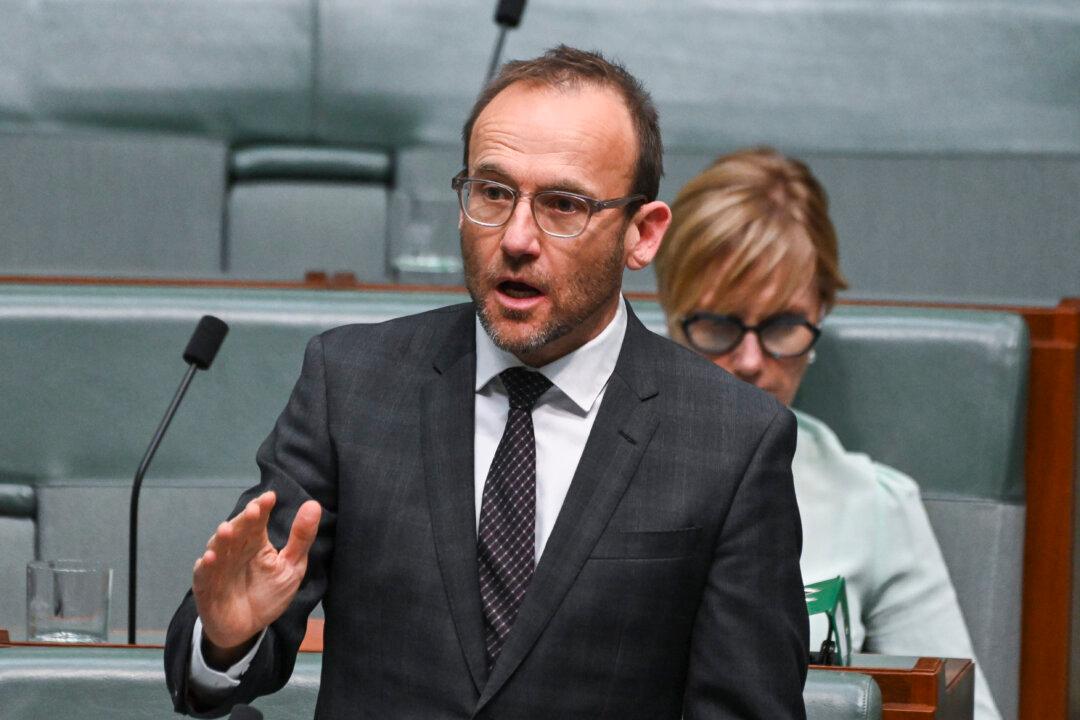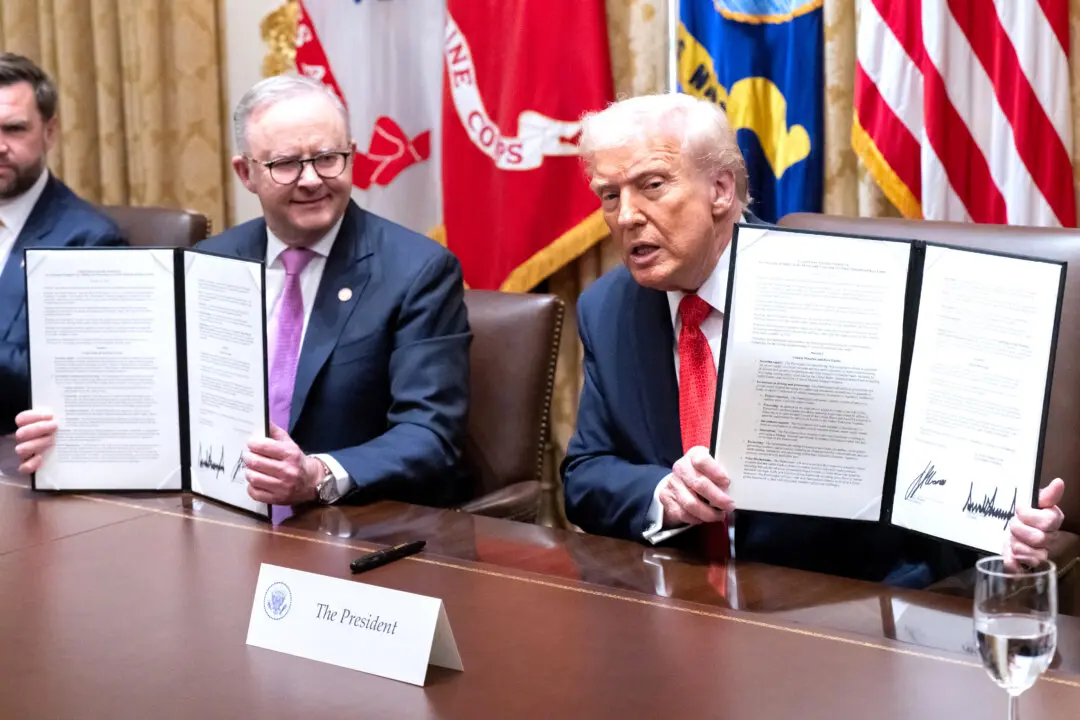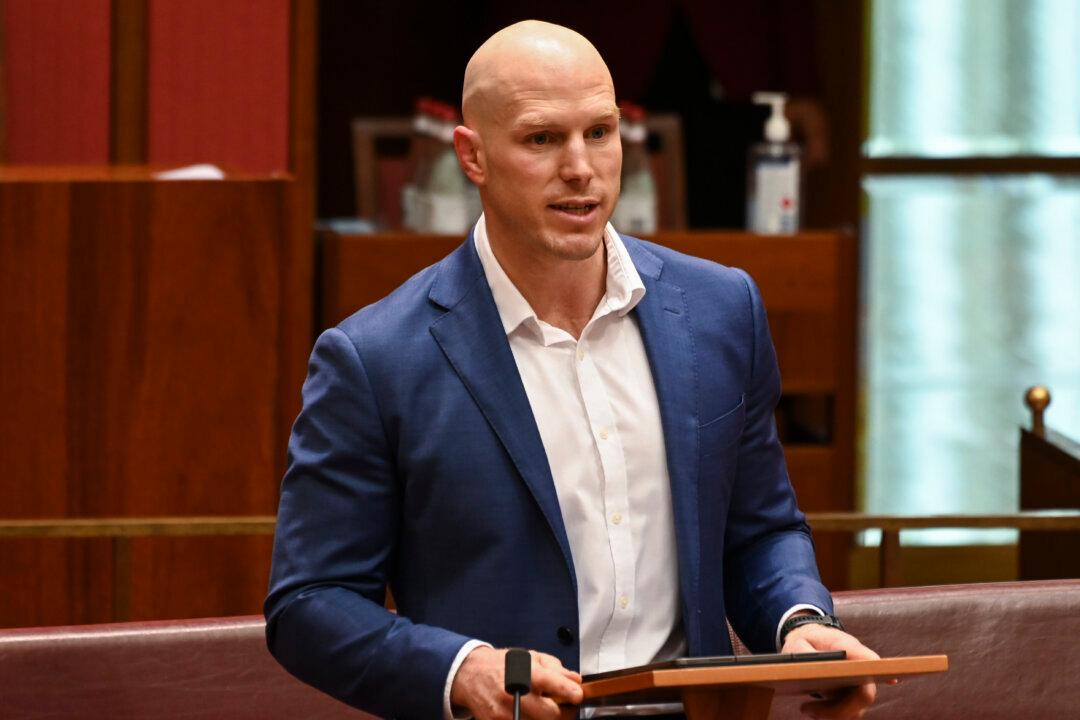The Australian Greens have announced a plan to make public schools entirely free, offering families an annual $800 (US$501) payment per child at the start of the school year to cover out-of-pocket expenses.
The party claims the policy is part of its broader strategy to ease financial burdens on working families, vowing to inject an additional $2.4 billion into public schools to abolish fees.





